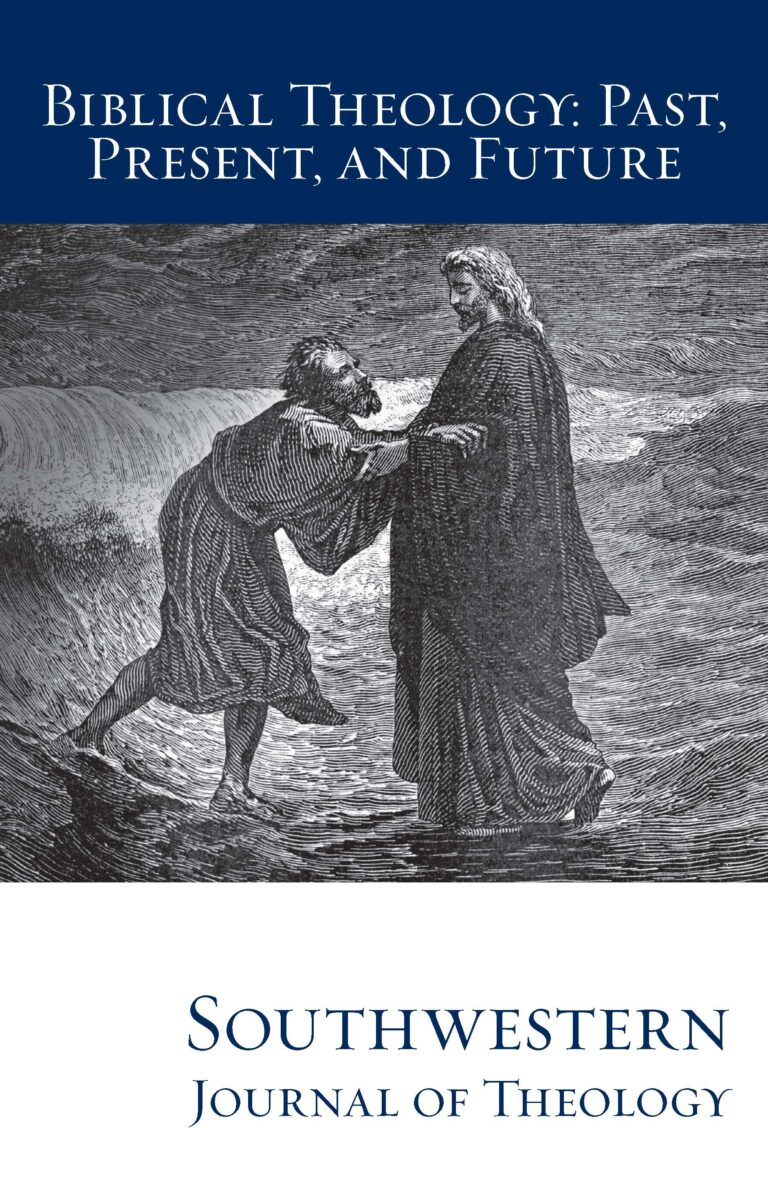
Biblical Theology: Past, Present, and Future (II)
Southwestern Journal of Theology
Volume 56, No. 1 – Fall 2013
Managing Editor: Terry L. Wilder
By J. Andrew Dearman. The New International Commentary on the Old Testament. Grand Rapids: Eerdmans, 2010. 408 pages. Hardcover, $29.70.
In a field where commentaries are legion and with a book on which interpretations abound, Andrew Dearman has produced a work that contributes to the field and accomplishes the lofty purposes established as part of the NICOT series. The commentary is well-organized, thoroughly researched, and carefully documented. Moreover, the style is clear and readable. It is a work not likely simply to sit on one’s bookshelf, but will be referenced time and again.
Throughout the work, Dearman presents reasoned conclusions, but is also respectful of and interacts with those of dissenting opinions. He holds interpreter’s feet to the fire with his insistence that one’s interpretation of the book must “begin and end with the text” (81). Moreover, he takes issue with those who too narrowly confine the root metaphor in Hosea simply to the institution of marriage. Instead, the author explains that the fundamental metaphor of the book is about the household (44-45). He noted that Hosea was the first biblical writer to employ the metaphor of husband for deity, later employed by Isaiah, Jeremiah, and Ezekiel (54).
Dearman makes a strong case for traditional authorship and also maintains that there is “little or nothing in the book itself [that] requires a date later than the end of the 8th century B.C.” (6). Still, the bulk of his work focuses on the final form of the text. Despite the difficulties in the Hebrew text of Hosea, which Dearman describes as “among the most difficult in the OT” (9), the text is well-translated and the author’s interaction with the Hebrew throughout conveys his considerable linguistic skills.
The organization of the commentary is helpful. The work begins with an introduction covering the literary features, historical background, the theology of the prophet, and concluding with an exhaustive bibliography of the book. Next, the section on Text and Commentary is subdivided into five chapters corresponding to Dearman’s outline of the book. Except for the fact that two of the headings carry the exact same title, the outline flows logically with the book. The last section of the book is comprised of ten helpful appendices.
Throughout the work, a number of timely excurses are added which enhance the understanding of the book. Reader’s who might normally be tempted to gloss over such sections will find the expositions on “Similes and Metaphors” (11-13), “Wordplays on Names and Their Reversals in Hosea 1-2 and the New Testament” (100-102), “David Their King” (142-45), “Being Raised on the Third Day” (193-95), and “Israel and Sonship” (278-80) alone worth the cost of the book.
In the end, it is Dearman’s skillful treatment of the textual difficulties and thorough treatment of the first three chapters of Hosea that stand out as the strengths of the commentary. Students, scholars, pastors, and all others interested in a better understanding of Hosea will find this volume useful.





